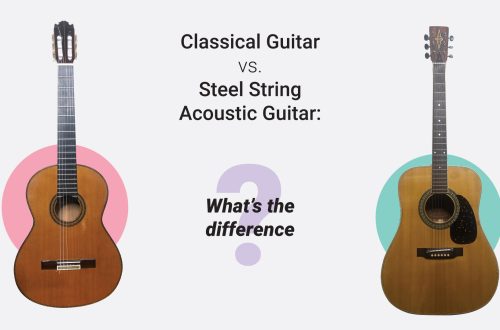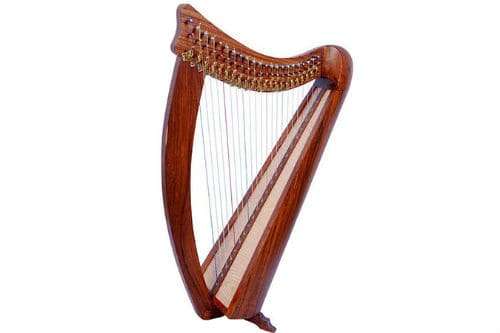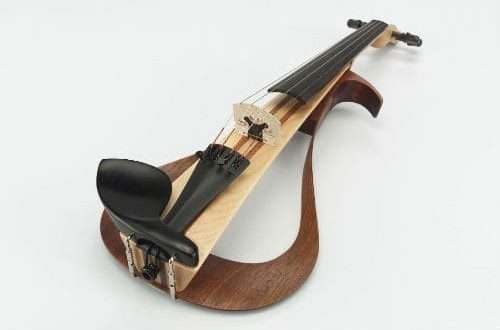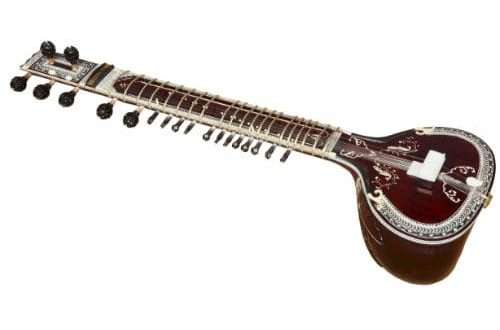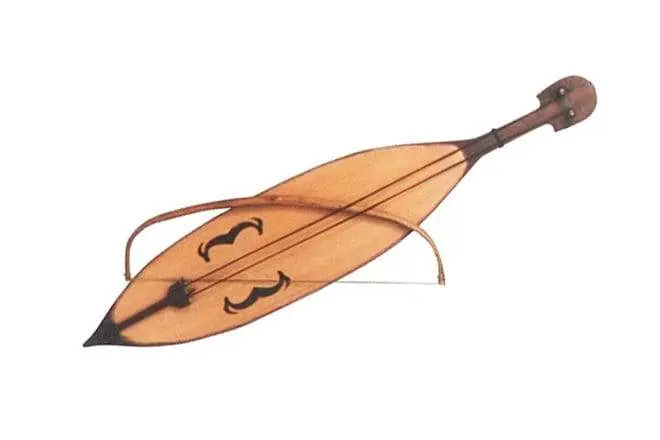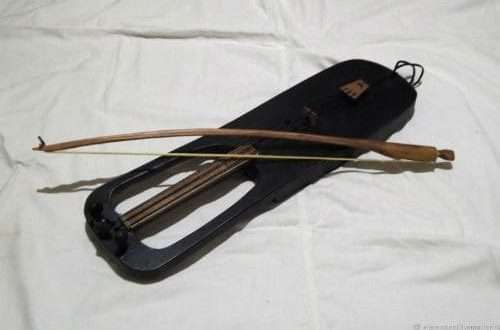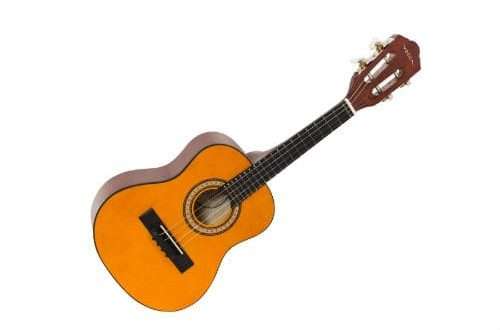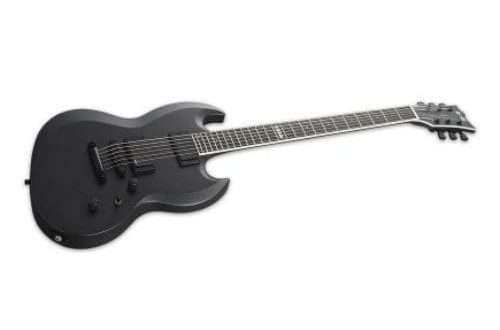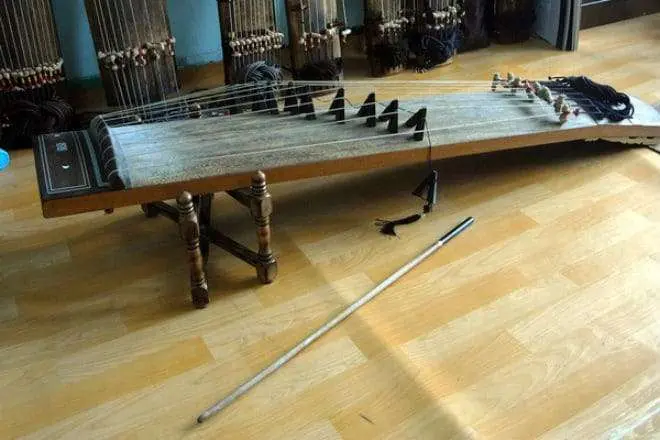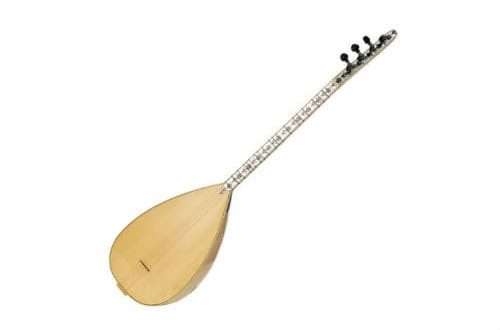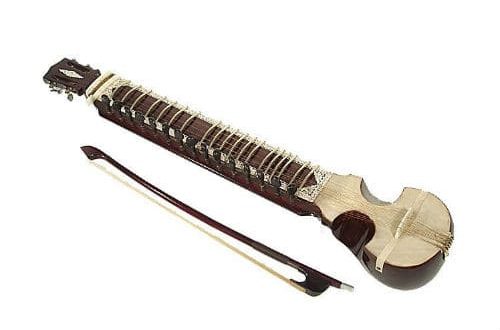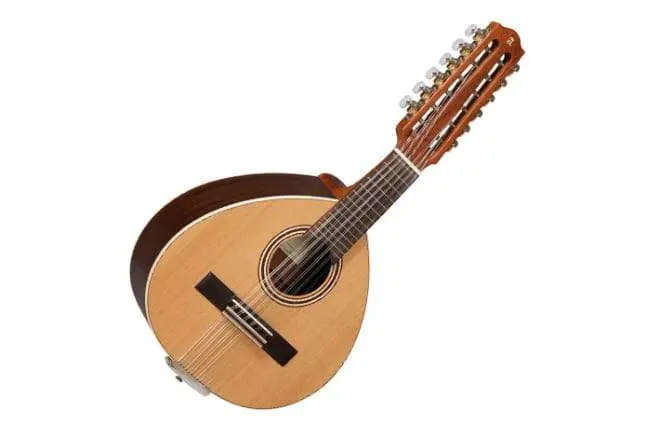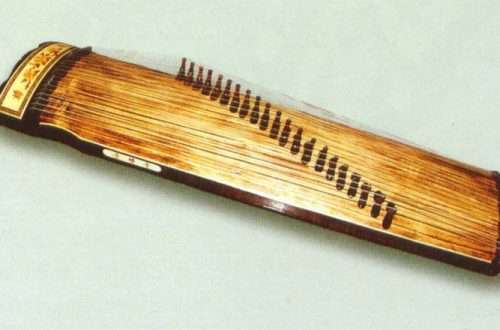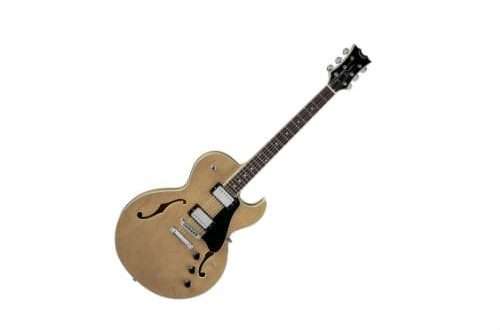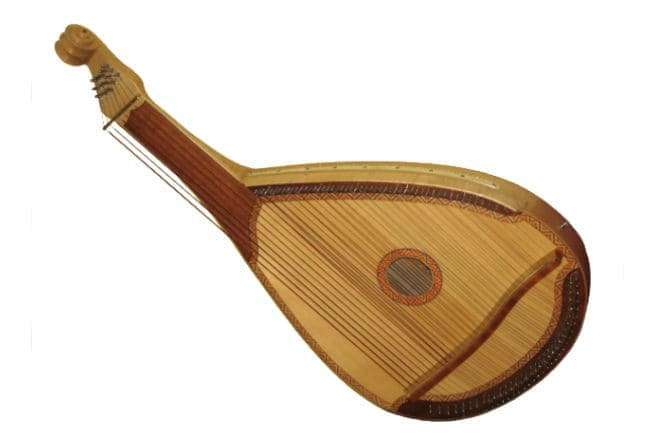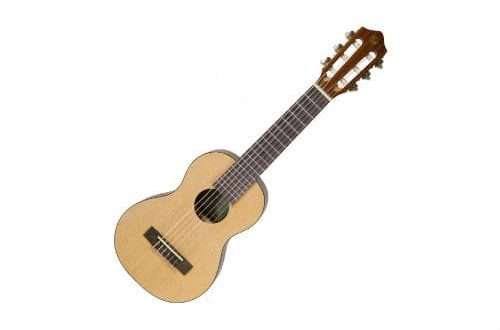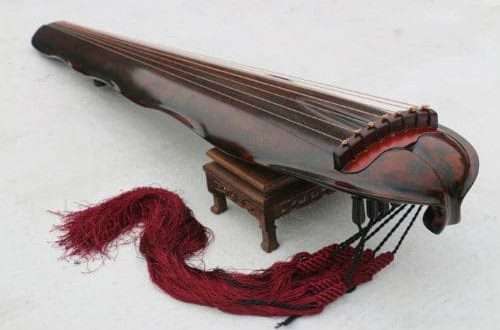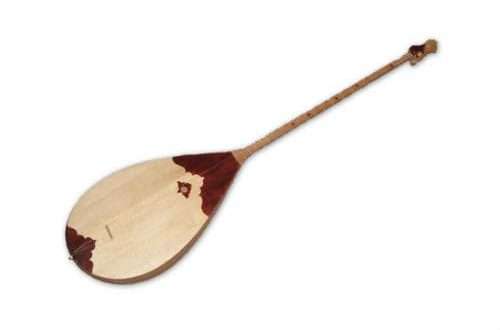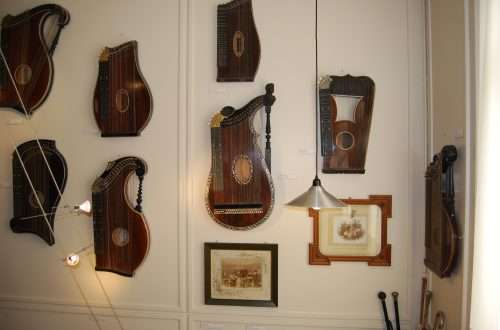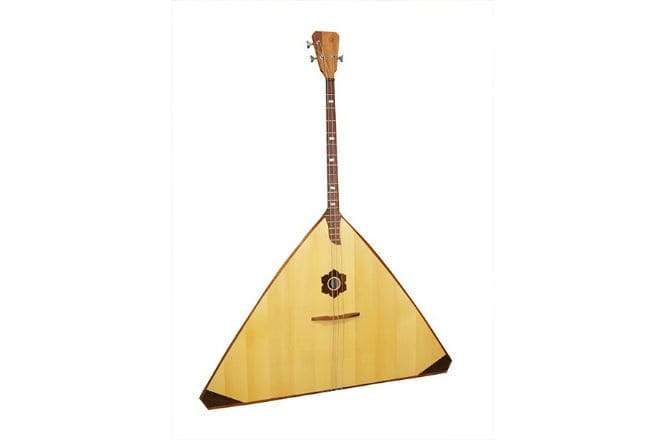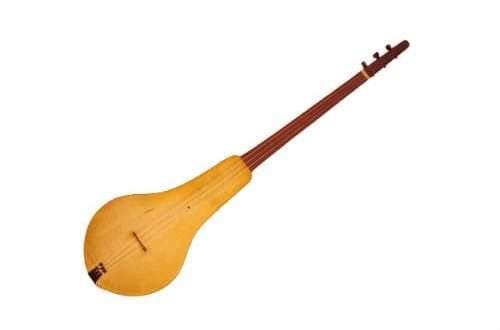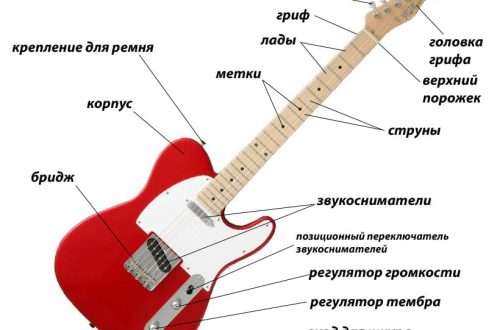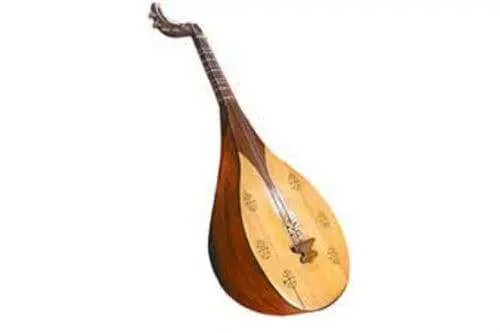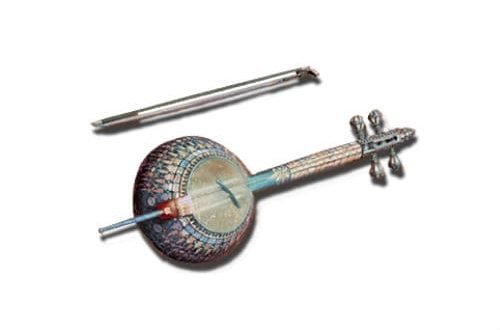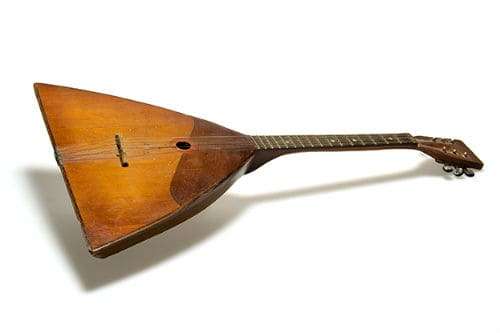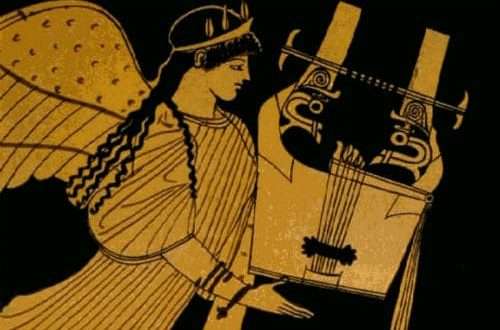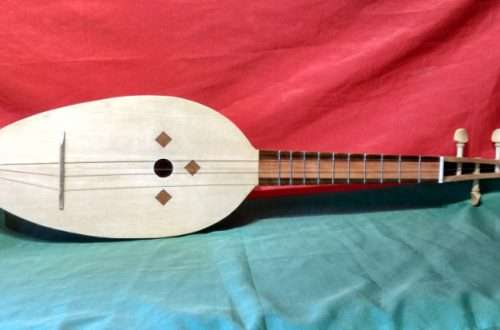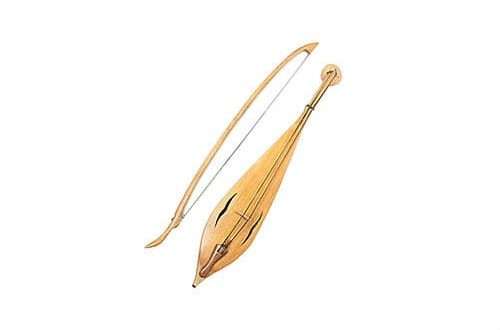String
Violin, guitar, cello, banjo are all stringed musical instruments. The sound in them appears due to the vibration of the stretched strings. There are bowed and plucked strings. In the first, the sound comes from the interaction of the bow and the string - the friction of the bow hair causes the string to vibrate. Violins, cellos, violas work on this principle. Plucked instruments sound due to the fact that the musician himself, with his fingers, or with a plectrum, touches the string and makes it vibrate. Guitars, banjos, mandolins, domras work exactly on this principle. Note that sometimes some bowed instruments are played with plucks, achieving a slightly different timbre. Such instruments include violins, double basses, and cellos.
Baritone: description of the instrument, what it looks like, composition, history
In the XNUMXth-XNUMXth centuries, bowed string instruments were very popular in Europe. This was the heyday of the viola. In the XNUMXth century, the attention of the musical community was attracted by the baritone, a member of the string family, reminiscent of the cello. The second name of this instrument is viola di Bordone. The contribution to its popularization was made by the Hungarian prince Esterhazy. The music library has been replenished with unique creations written for this instrument by Haydn. Description of the tool Outwardly, the baritone looks like a cello. It has a similar shape, neck, strings, is set during the Play with an emphasis on the floor…
Harp: description of the instrument, composition, sound, history of creation
The harp is considered a symbol of harmony, grace, tranquility, poetry. One of the most beautiful and mysterious instruments, resembling a large butterfly wing, has provided poetic and musical inspiration for centuries with its soft romantic sound. What is a harp A musical instrument that looks like a large triangular frame on which strings are fixed belongs to the plucked string group. This type of instrument is a must-have in any symphonic performance, and the harp is used to create both solo and orchestral music in various genres. An orchestra usually has one or two harps, but deviations from musical standards also occur. So, in the opera of the Russian…
Abhartsa: what is it, instrument design, sound, how to play
The Abhartsa is an ancient stringed musical instrument played with a curved bow. Presumably, she appeared at the same time on the territory of Georgia and Abkhazia and was a “relative” of the famous chonguri and panduri. Reasons for popularity The unpretentious design, small dimensions, pleasant sound made the Abhartsu very popular at that time. It was often used by musicians for accompaniment. Under its sad sounds, the singers sang solo songs, recited poems glorifying the heroes. Design The body had the shape of an elongated narrow boat. Its length reached 48 cm. It was carved from a single piece of wood. From above it was flat and smooth. The…
Ajen: what is it, composition, sound, use
The ajeng is a Korean stringed musical instrument that originated from the Chinese yazheng and arrived in Korea from China during the Goryeo Dynasty from 918 to 1392. The device is a wide zither with carved strings of twisted silk. The ajen is played with a thin stick made from the wood of the forsythia shrub plant, which is moved along the strings like a flexible bow. A unique version of the ajen, which is used during court celebrations, has 7 strings. The version of the musical instrument for shinavi and sanjo has 8 of them. In various other variations, the number of strings reaches nine. When playing the ajen,…
Bandurria: what is it, tool composition, application
The bandurria is a traditional Spanish instrument that looks like a mandolin. It is quite ancient – the first copies appeared in the 14th century. Folk songs were performed under them, often used as an accompaniment to serenades. Now the Play on it can usually be found during the performance of string ensembles in Spain or at authentic concerts. The instrument has quite a few varieties that are widely used both in their native Spain and in many Latin American countries (Bolivia, Peru, Philippines). Bandurria belongs to the class of stringed plucked musical instruments, and the technique for extracting sounds from it is called tremolo. The body of the instrument…
Bandura: what is it, composition, origin, how it sounds
Bandurists have long been one of the Ukrainian national symbols. Accompanying the bandura, these singers performed various songs of the epic genre. In the XNUMXth century, the musical instrument gained great popularity; bandura players can still be found today. What is a bandura Bandura is a Ukrainian folk musical instrument. It belongs to the group of plucked strings. The appearance is characterized by a large oval body and a small neck. The sound is bright, has a characteristic timbre. Bandurists play by plucking the strings with their fingers. Slip-on “nails” are sometimes used. When playing with nails, a more sonorous and sharp sound is obtained. Origin There is no consensus…
Bambir: what is this instrument, history, sound, how to play
Bambir is a bowed stringed musical instrument that was created in the Armenian territories of Javakhk, Trabizon, on the shores of the Black Sea. Bambir and kemani are the same instrument, but there is one difference: the kemani is smaller. The history of the bambira begins in the 9th century. This was established during excavations in Dvin, the ancient capital of Armenia. Then the archaeologist managed to find a stone slab with a man painted on it, who holds a musical instrument on his shoulder, something similar to a violin. People in the 20th century became interested in the find and decided to recreate it. The resulting bambir had a…
Double bass balalaika: what is it, composition, history of creation
The balalaika is a folk instrument that has long been associated exclusively with Russia. History has brought some changes to it, today it is represented by various variations. There are five variations in total, the most interesting is the double bass balalaika. Description of the tool The double bass balalaika is a plucked musical instrument with three strings. String material – metal, nylon, plastic. Outwardly, it differs from the usual balalaika by its impressive size: it reaches a length of 1,5-1,7 meters. The neck has seventeen frets (rarely sixteen). This is not only the most gigantic copy among other varieties of balalaikas, it has the most powerful sound, low tone,…
Barbet: instrument description, structure, history, sound
Today, stringed instruments are gaining popularity again. And if earlier the choice was limited to the guitar, balalaika and domra, now there is a wide demand for their old versions, for example, barbat or barbet. History The barbat belongs to the category of strings, the way of playing it is plucked. Popular in the Middle East, India or Saudi Arabia is considered its homeland. Data on the place of occurrence differ. The oldest image dates back to the second millennium BC, it was left by the ancient Sumerians. In the XII century, the barbet came to Christian Europe, its name and structure changed somewhat. Frets appeared on the instrument, which…
Balalaika: description of the instrument, structure, history, how it sounds, types
The phrase “Russian folk instrument” immediately brings to mind the perky balalaika. The unpretentious object comes from a distant past, so distant that it is impossible to determine exactly when it appeared, continues to delight music lovers to this day. What is balalaika The balalaika is called a plucked musical instrument belonging to the category of folk. Today it is a whole family, including five main varieties. Tool device Consists of the following elements: body, triangular, flat in front, rounded, having 5-9 wedges behind; strings (the number is always equal – three pieces); voice box – a round hole in the middle of the body, on the front side; neck…



